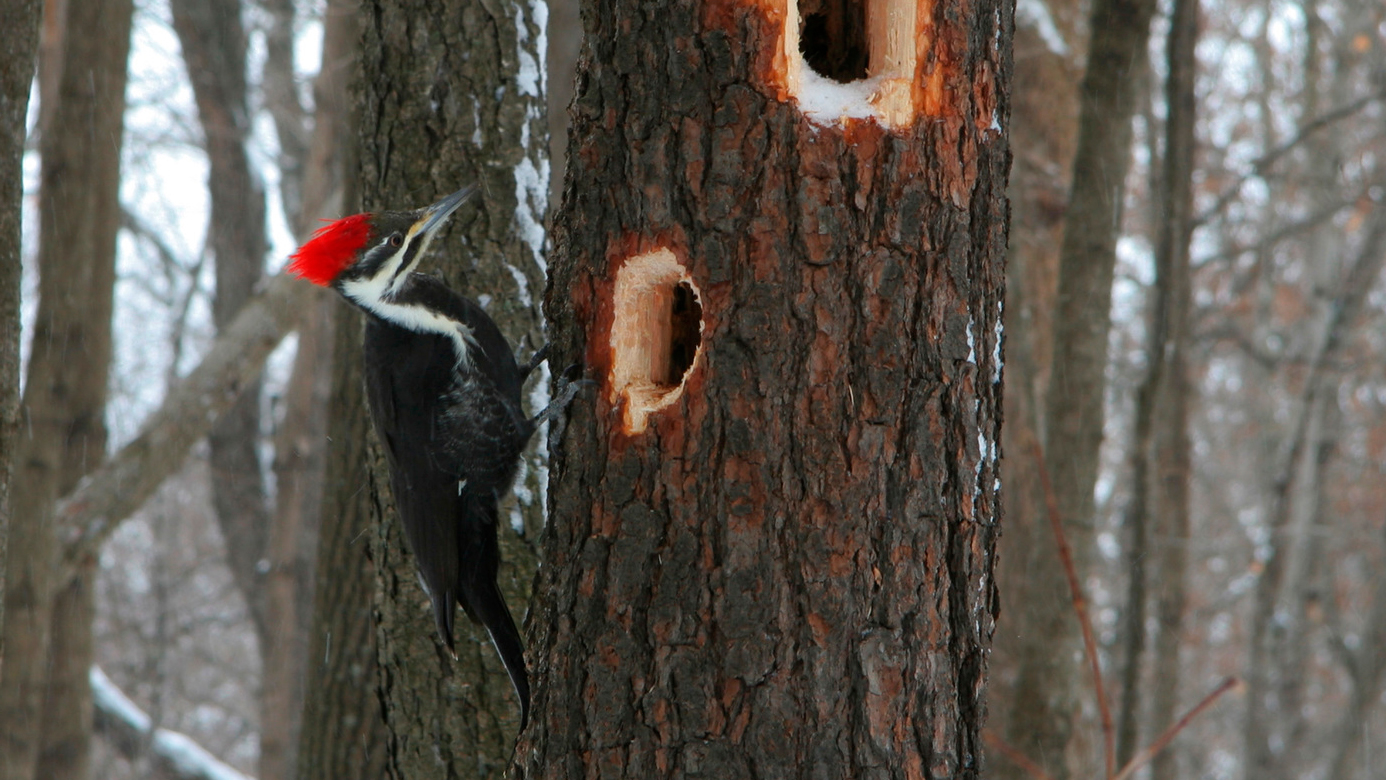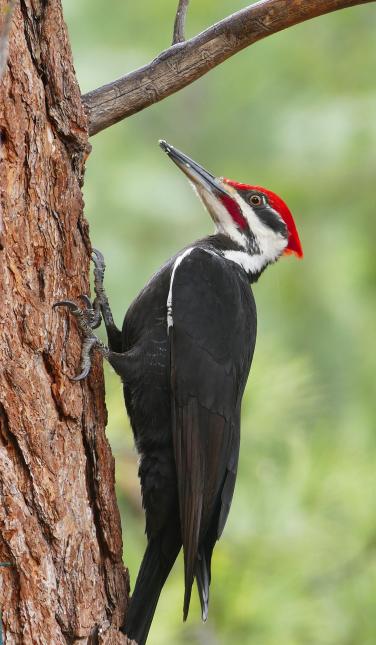Coming Across Woodpeckers in Florida: Types Diversity and Recognition
Coming Across Woodpeckers in Florida: Types Diversity and Recognition
Blog Article
Discover the Fascinating Globe of Woodpeckers: Everything You Required to Know
The globe of woodpeckers is a world filled up with special actions, complex adaptations, and a diverse selection of types. From their habitats and distribution patterns to their feeding practices and specialized physiological features, woodpeckers have long captivated the passion of ornithologists and nature lovers alike.
Woodpecker Habitats and Circulation
In North America, for example, woodpeckers can be detected in both coniferous and deciduous woodlands, using their solid beaks to forage for insects and develop nesting dental caries in trees. In Africa, particular woodpecker varieties have adapted to dry environments, such as the acacia timberlands, where they play an important duty in regulating insect populations.

Feeding Behaviors and Diet Regimen
Among the different facets of their behavior, woodpeckers show distinctive feeding behaviors and nutritional preferences. These birds are mainly insectivores, with a diet plan that consists of ants, beetles, caterpillars, and other insects found in trees. Woodpeckers use their strong beaks to pierce right into the bark of trees, penetrating for insects and larvae concealed below the surface area. In enhancement to insects, woodpeckers additionally eat nuts, seeds, fruits, and sap. Some species have specialized tongues with barbed pointers that assist them extract pests from holes in wood.
Woodpeckers are recognized for their drumming actions, which offers not just to connect with other woodpeckers but also to find food. The fast drumming audio is developed by the bird pecking on resonant surfaces like dead trees or steel poles. This habits can attract bugs hidden in the timber, permitting the woodpecker to discover their existence and feed upon them.
Unique Adjustments for Tree Climbing
In their proficient quest of insects concealed within tree bark, woodpeckers have actually evolved amazing anatomical features that equip them with unique adjustments for efficient tree climbing. One of the vital adjustments is their zygodactyl feet, with two toes aiming ahead and 2 aiming backward, giving a solid grasp on tree trunks. This customized foot arrangement enables woodpeckers to cling to vertical surface areas effortlessly, enabling them to relocate up and down trees with dexterity. Additionally, woodpeckers have tight tail feathers that work as a helpful prop while they climb up, assisting in balance and stability. Their strong, chisel-like beaks are not just made use of for exploration into wood but additionally for grasping onto bark as they rise tree trunks. Moreover, woodpeckers have strong neck muscle mass and an one-of-a-kind head structure that absorb the effect of consistent pecking, allowing them to climb up and down without creating harm to their minds. These adjustments showcase the incredible evolutionary layout that makes it possible for woodpeckers to browse trees with precision and efficiency.
Diverse Woodpecker Species Worldwide
With over 200 various species spread out throughout different environments worldwide, the household of Picidae encompasses an exceptional diversity of woodpeckers. These birds can be located in forests, timberlands, savannas, and also urban areas, showcasing their adaptability to various settings. From the renowned Northern Flicker in North America to the colorful and evasive Crimson-backed Flameback in Asia, each woodpecker types exhibits unique qualities in terms of tuft, habits, and habitat preference.
Woodpeckers differ significantly in look at this now dimension, with the diminutive Downy Woodpecker determining around 6-7 inches in size, while the effective Lineated Woodpecker can rise to 17 inches - Woodpeckers in Florida. Their beaks additionally come in various sizes and shapes, mirroring their feeding behaviors. Some species concentrate on removing bugs from tree bark, like the Acorn Woodpecker, while others, such as the Black-cheeked Woodpecker, feed upon fruits and seeds
)
Conservation Initiatives and Challenges
Preservation initiatives for woodpecker populations are crucial in reducing the impact of habitat loss and various other hazards facing these varied avian types. Woodpeckers face numerous obstacles to their survival, primarily because of logging, urbanization, environment change, and intrusive types. To attend to these issues, preservation efforts concentrate on securing and bring back woodpecker habitats, applying lasting forestry practices, and elevating understanding regarding the relevance of these birds in ecological communities.
One significant difficulty in woodpecker conservation is the fragmentation of their habitats, causing isolated populations that are more susceptible to termination - Woodpeckers in Florida. Guardians work to develop wildlife passages and protected locations that link these fragmented habitats, allowing woodpeckers to move in between different locations for feeding, reproducing, and shelter

Conclusion
In conclusion, woodpeckers are interesting birds with one-of-a-kind adaptations for tree climbing and feeding habits. They can be discovered in varied environments worldwide, facing preservation obstacles because of environment loss and human tasks. Understanding their environments, diet check this site out regimens, and behaviors is critical for preservation efforts to secure these crucial bird types. Further research and preservation activities are required to guarantee the survival of woodpeckers in the wild.
Report this page